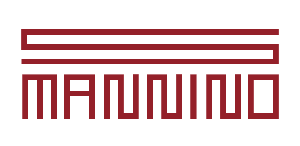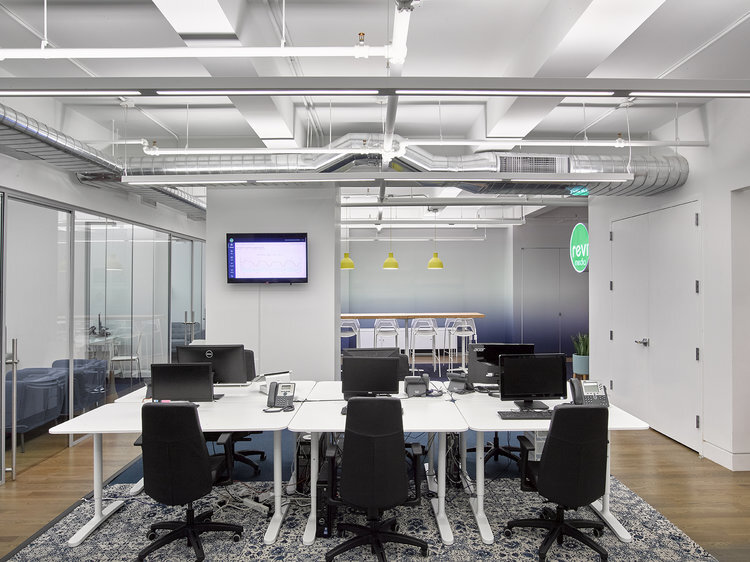25 tips to design the perfect office
25 tips to design the perfect office
Employees will actively support brands when they see the organization has a purpose and values they can embrace and share. Where better to begin than the place where they spend the majority of their time, their office. Contrary to what the majority of startups like you to think, a quirky element like slides, swings, and whatever jungle element, are not the key to a great office. Here is what is key in chronological order:
1- The time has come you have to move on to a new location. We suggest you start with analyzing your needs. What location fits, how much space, for how many employees. Think in terms of the lease term and your projection of where you expect to be in those 5 to 10 years.
2- If you can, hire a designer before you sign a contract or at least when you are getting close to it. Rent can be astronomical these days and you don’t want to waste any time. There are many things that can be discussed before you can actually start designing your space.
3- Hire a locally licensed Architect or an expediter to check if the building has any violation (most buildings do) before you sign your lease. The landlord should be responsible for closing them and making sure all the fines are paid. An open violation could cost you several weeks or even months. You cannot file a new application until the old ones are resolved.
4- Some buildings, at least in New York, will require your crew to be Union and that means much higher cost of construction. Make sure you are aware of it before you sign your lease as this could cost you a lot or break your bank.
5- Some landlords will consider helping you with the renovation of the space. They might install the mechanical system (AC/Heating), maybe the bathrooms or something else. Don’t miss on the opportunity to get something from them and negotiate the best deal, most designers and architects will be able to help you with this.
6- If the space does not have any AC system, make sure the landlord will give you enough room on the roof or on a terrace to install the condensing units. Unless the space is small you don’t want window units.
7- Start as early as possible with creating a project brief for your architect and designer. Next to cut and dry numbers also try to convey your company’s ethos and culture.
8- Your office is an existential part of your brand. It is where your visitors will get an idea of what kind of company they are dealing with behind the scenes. As with every relationship the first impression is key. Who is your visitor? Are they customers, salespeople, subcontractors, investors? What do you want to tell them when they come in? Do you take things seriously or is that foosball table, showing your relaxed attitude towards employees, your real soul?
9- To cubicle or not to cubicle? Open space plans seem to be the new norm, and for many they work. For many however they don’t. You don’t have to settle for one or the other, combinations work too. We advice to think in groups and their combined needs. What does sales need, what about customer service being on the phone all day. An open office requires a counterbalance of areas of solitude, meeting, phone(booth) areas.
10- How will you take growth into account? Most traditional businesses do not really expand that much but today’s startups can boom easily and you want to be ready for that. Do you have enough space to expand?
11- Moving into a bigger building means there is usually a good flow of new offices always available (the turnaround is high), helping to scale your growth within the building.
12- Think about your day to day work flow. Do you have meetings several times a day? Are your teams small or large? How many meeting rooms do you need and how should they function?
13- People first, this sounds logic, but instead of thinking about aesthetics and budgets, what do your employees need? an inventarisation of individual needs is a great place to start.
14- Acoustics acoustics acoustics. We can’t say it enough. It starts with putting the right people on the right place. Sales next to development might actually disrupt each other.
15- Storage, yeah we all gather more stuff than needed. It is 2017 people and we might have gone all out digital, but we do go to the gym afterwards, switch out our shoes from rain boots to pumps. Individual storage is helpful. And most is not necessary next to the desk, centralized lockers work great.
16- Having a small budget? Don’t immediately jump to sub standard quality elements. Better do it well and work in phases.
17- There are furniture companies offering full service to help with the furniture and your plans. Remember that working with a generalist can only mean you will get an average workplace that will definitely not stand out. It takes a specialist to make something special. Also think what their primary goal is. Is it to sell furniture? If that is the case they will not care much about the rest and will push you towards the items that will make them the most money.
18- Hiring a known name, means you pay for that name. Consider a smaller firm, you will get more attention and quite often a fresher approach. Your office is an extension of your brand and should be regarded as such. Look for the design language first. If you like the firm’s other projects and sensibility you are in a good place and it doesn’t matter if they are residential, commercial or even restaurant designs. It is the language that counts. Stay away from firms that offer any type of language/style, they usually don’t have a vision of their own. Design is a political act: it is the vision of the world you would like to live in. Look for people that take it seriously, they will have so much more to offer and they will put their soul into your project.
19- Have enough bathrooms, seriously, this seems like a logical step, but too often an extra bathroom is skipped for cost savings. And an annoyed employee who has to wait for the bathroom will be an annoyed employee afterwards. Keep them happy!
20- Don’t forget the details, the grand gesture might be majestic, but if the cables run amok, the doorknob is wonky it will annoy you, these are the everyday interactions with the design.
21- Think about your infrastructure when looking at spaces. Nobody likes to walk over cables to their desk. Floor outlets are ideal. But ceiling conduits can be an option too, even better when you can guide them from walls and columns. And let’s not put that server in the boiler room…
22- Light is important to your everyday happiness. Natural light is great, but can be a nuisance too. Establish the light coming in during winter and summer months, morning and afternoon. A south facing window is great until you realize nobody can look at their monitor.
23- Additional lighting is nowadays almost always LED based. Look for even indirect lighting which is easier for the eyes. The right color temperature can also help with the right atmosphere, 3000 Kelvin is the sweet spot between warm and cold.
24- Amenities like vending machines, playrooms are a great way to keep your employees happy and stay longer. A quiet break out room can create a moment to focus. A foosball table to create team spirit. The right balance between work and play is key.
25- A designer might cost you between 15-25% of your budget. This might sound expensive but don’t forget they will make your space fit your needs for many years to come and can save you a lot of money and hassle.
Sergio Mannino
We are an Architectural Branding Agency envisioning interiors and furniture for private and commercial environments. We are a team of architects, product and graphic designers, branding strategists, writers, and dreamers. We are creative and pragmatic. We look into the present to imagine a better future.













